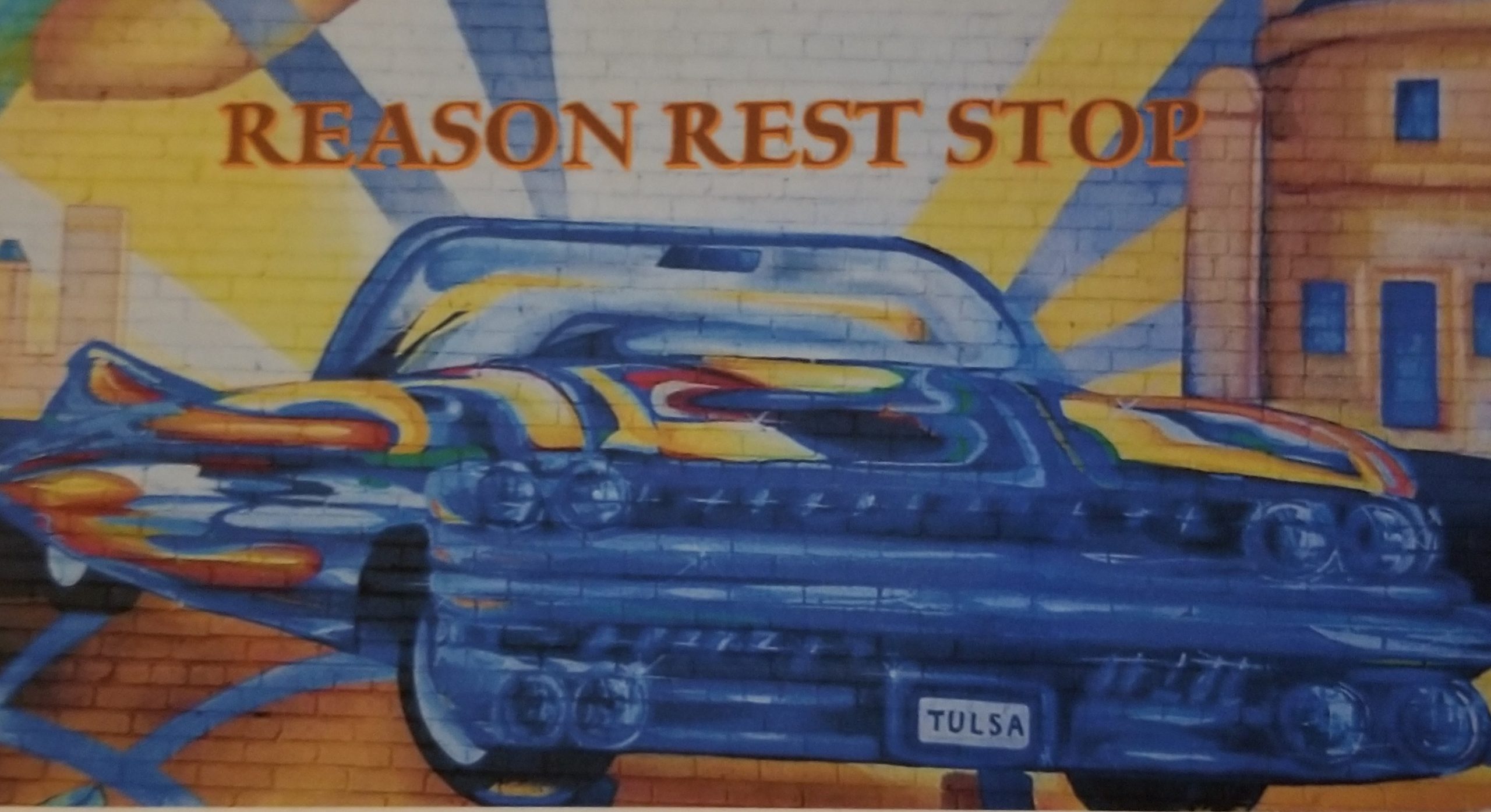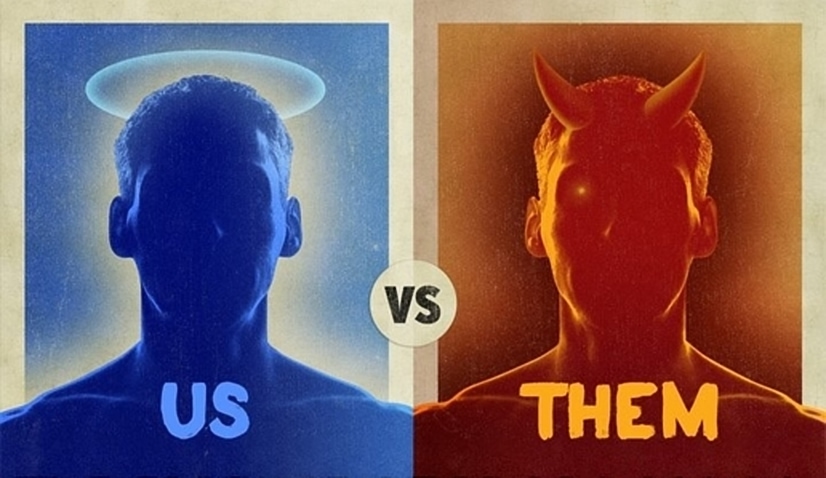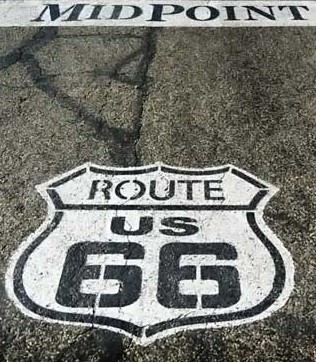Chief among the pitfalls and problems that beset the politics of fear and grievance is the physical fatigue and mental exhaustion the perpetuation of it generates. The level of outrage required to keep the members of a core political base frightened and angry consumes a great deal of energy especially since it must be manufactured on a daily basis. Over time this becomes increasingly more difficult to sustain. It is also a dynamic that transcends party affiliation. This is because during election years like the one we are in, decisions with regard to ballot options are often made largely on the basis of raw emotion. In order to prevail on Election Day, candidates and issue proponents must tailor their campaigns to appeal directly to voter’s long held values, worldviews, opinions and often to personal prejudices and resentments. Above all, it must instill and/or stoke as much fear as possible. Media clips sporting bombastic rhetoric and extreme over-the-top examples have been used often in making a sale to both decided and undecided voters. The more concise and more emphatic the better. Their effectiveness in making their point and closing a decision precedes them. The GOOD thing about negative campaign attack ads is they work. The BAD thing about campaign attack ads is they work. Over time so many have abandoned the middle in order to garner a lion’s share of support from the more extreme and more numerous of their party. This has placed the American body politic in a precarious predicament. The task of being able to find that formerly broad middle-of-the-road segment of Americans, those reasoned and honest souls who understand the nature and purpose of competent governance, has become a frustrating and all but impossible task.
Reactionary politics has exacerbated the phenomenon of ideologic polarization to the point, relatively speaking, the vast middle ground in electoral politics now has seemingly far fewer occupants. In reality a very low number of citizens are involved in campaign politics. What’s more, the vast majority of registered or registry-eligible voters have remained disinterested in the democratic process for any one of a number of reasons. Indeed, a chronic blight on the American electoral system is its lengthy history of low voter participation. Many have found themselves simply too busy to go to the polls on Election Day. Too often the few who do go cast a ballot prefer to let someone else research the candidates and issues for them. Cable news and partisan media has grown in such a way in the past thirty years to become not only the sole source of information of a large number of voters but also a cultural identifier for a huge segment of the overall population. Televised infotainment has become the chief broadcast medium of communicating that aforementioned fear and grievance to an audience seeking only what they want to hear, i.e., a message that confirms and validates what they already have accepted to be their sense of truth. Through its use of hyperbole mixed with bombast in delivery of their message, it has become a primary contributor to maintaining a very real political divide. Add to that a normalized practice of spreading distortion of facts to fit an agenda and outright misinformation and a twisted status quo becomes difficult to reshape. There usually is a marked increase in this during election years and particularly in the week before Election Day. That is because, as mentioned above, sales are made mostly on the basis of emotion and the greater the emotional impact, the more likely the sale especially if it gets repeated multiple times. Sadly, as with many emotion-based decisions, the results produced by such a cultural norm are often not good.
So, how do we get back to the middle? That is certainly a fair question and one of the most difficult political existential tasks of our time. The zeitgeist of the politics of personality and extreme fringe ideas finding their way into public policy has finally shown signs of plateauing and even declining. This was evident in the 2020 general election after a mishandled response to a pandemic which, at the time, had cost the lives of over 600,000 Americans, all but crashed the economy, cause unemployment to rise to record levels, closed all schools and most other public venues all of which imposed severe limitations on the lifestyles of just about everyone. Whether or not the loss of life and financial fortunes could have been curtailed by different leadership and more scientifically based policies will be grist for the mill of future historians. When political strategies and public policies begin exerting their intended effect in a detrimental fashion on the lives of enough formerly disinterested people to matter, a different reality will emerge and there will be a transformation of the political landscape. For the here and now though the vast middle of our body politic will be serving as the national equalizer for at least the next few and perhaps the next several election cycles. There have been a few signs of late that the natural order of returning to a state of equilibrium in governance is happening. Even among Conservatives, moderates are emerging. This previously unheard of oddity has been seen even along this, the most conservative stretch or Old Route 66 where a former Republican running as a Democrat is challenging the incumbent Republican governor in the upcoming. In a state as red as Oklahoma, such a race should not even be close. The challenger however is one point behind the incumbent within margin of error in most polls, and in a few she is even ahead. The only poll that matters though is on Election Day and with even just a few percent higher turnout at the polls comprised mostly of newly registered voters, the result could be yet another step in the long trip back to the middle in a state that has been deeply steeped in extreme one-party governance for over a decade. We can only hope the desire to return to the midpoint of ideas is as real on a grander scale that a few ostensible outliers have revealed.





Hi Stan!
i enjoyed your October post. Almost time to vote again. its looking kinda grim, but hopefully we’ll be pleasantly surprised with the way it goes. 6 years of this bullshit is getting mighty old.
hope you are well. i’m recovering from a busted hip (Aug) and triple hernia surgery (Jun).
looking forward to your further updates!
take care!
george shute
I’m curious about how many votes will be cast in upcoming elections as compared to numbers of votes in the past. I hear a lot of people planning to vote; I don’t know their voting records, but I think some many not be “regulars”. I am reminded of my political science professor at TU, back in 1979 or so, and his lecture concerning voter statistics/level of apathy. Someone in class asked him what would happen if everyone voted, would we see a big difference in results? He shrugged his shoulders and said that with each election, the people speak, which I now think he meant “que sera, sera, whatever will be, will be, whoever votes, votes.” He didn’t seem to think it would change things much. Now, I might disagree, although I could easily be wrong about it. I, for one, love whenever I can see a glimpse of moderation anywhere in politics/government. The divisive speech just turns me off, and I hear it all around, all sides, it seems. I would be happy with more moderation and sane problem-solving programs/actions that would help the people who have to put up with all of the crazy stuff out there…
See :
‘Nervous States’ – “Democracy And The Decline Of Reason”, by William Davies. W.W. Norton, 2019.
We’re not ever “going back to the middle”, Stan – there’s never any ‘going back’. There’s only going forward – for better or worse. Usually for the worse…
Republicans who become “democrats” are still Republicans; they are just trying an alternative political route in order to maybe get elected – and if they do, they will still follow the same-old neo-conservative path to hold onto their same old neo-conservative ideology. Skunks don’t change their stripes, except temporarily…
Something like 90% of Republicans now profess that Trump won the last Presidential election, and only about 30% of Independents currently think that Biden is doing a good job in that office… Reminder: people believe what they want to believe, regardless of what the FACTS may be.
Fear & Anger are what rule today, in an emotion-driven electorate… and that is exactly what the Republican Facists are counting on, for their long-term goal. Which is to regain political power for ONE LAST TIME.